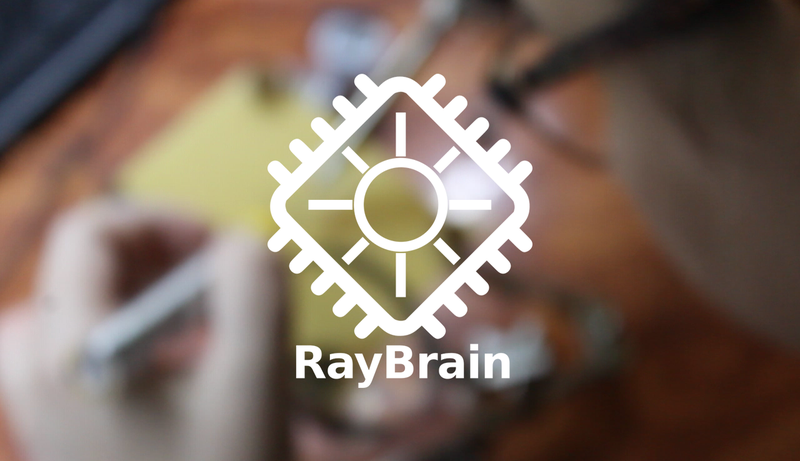SolarDR | You are my Sunshine
Awards & Nominations
SolarDR has received the following awards and nominations. Way to go!
The Challenge | You are my Sunshine
RayBrain
Save money with our automated control system and plan your solar power consumption with modern machine learning predictive techniques.

Today the ways we make and use our energy are becoming an ever growing concern. At remote locations delivering energy from power plants simply isn't a viable solution. In search for a solution we look to the sky and see the Sun.
The Sun provides us with energy, and it can do the same for our devices. Solar panels, although not quite as rare as they used to be, still have yet to be embraced by the common man and government who believe there are more pressing concerns than the impending energy crisis.
We propose a system and framework addressing both these concerns.
On a location with only solar panels available, a consumer (user or automated system) might like to know how much power is being produced and used, and how can the power consumption be optimized. Also, he might be concerned about how much power is to be expected tomorrow or the day after tomorrow. A system measuring solar radiation, energy production/consumption and local weather data can be used to predict expected energy output and help plan activities accordingly, while also making sure mission critical devices remain operational during unexpected fluctuations by maintaining a priority list of connected appliances.
The same system, provided with Internet connectivity, can be used to collect comprehensive weather and power data - open to the public, of course. That data could be further used to generate detailed region-by-region reports also covering financial savings, both actual for current users and estimates for future ones.
Finally, the data could be used to create a web platform assisting a potential solar power user in choosing the right system for their needs, while at the same time convincing them that this is a sound choice both financially and ecologically.
What we made:
- Proof-of-concept short term prediction model in Python
- Solar panel power output physical model in Octave
- Python app for managing devices and power consumption
Tools used:
- Python
- Knime
- Octave
We used the HI-SEAS meteorological data set for training the prediction algorithm.
https://github.com/NidzaKornjaca/NASAspaceapps2017
Difficulties:
- We're novices as far as data mining goes, Nikola being the only one with any experience concerning the field, and as far as time series go we were even less fortunate
- We wanted to use Python because we were familiar with the syntax, and a lot could be done with little code, but we weren't quite used to it so the positive and negative sides ended up cancelling out
- We didn't end up doing any prep for the challenge, other than skimming through the descriptions
- We got too excited and didn't get enough sleep the night before the challenge :')
Lesson: Know your tools, skills, and your friends skills. Also, get some sleep!
Approach:
- After introducing ourselves to the other on site teams we spent some time brainstorming over coffee, as it usually goes at events like these. All three of us had ideas on how we should handle this and how to approach the problems at hand
- A big thing that came up was the efficiency (or inefficiency) of solar panels, how they are slowly becoming cheaper and more readily available to consumers, so we were thinking how we could address the problem of utilizing the most of our panels
- We drew a lot of inspiration from the HI-SEAS habitat concept, so we talked a lot about the power requirements of remote locations
- Each of us worked on completely distinct pieces of software, meant to eventually be combined in a sort of self contained complete simple to use software package
- The more time we spent thinking about it the more ideas we had, but we realized it would be impossible to create all the things we envisioned in only about 20 or so hours
SpaceApps is a NASA incubator innovation program.